If you’re a beginner or intermediate designer and you’re looking for an AI image generator to build your website/app design, Midjourney AI may be the right choice.
This AI image generator makes it easy and fun to make your designs look unique and organic. Though you can use this tool without any prior knowledge of coding, its features are more complex than those of a beginner’s software like Squarespace or Wix. Furthermore, there are so many extra design tools that you’ll find useful when you get more familiar with the interface.
If you want to make AI image generators, then this article will be of great help. It features the hottest offerings and distinguishes the difference between them. So if you have not bought one of these yet, read on for our review and comparison.
The article will also guide what types of designs these programs can create best and their limitations, as well as some tips for beginners that are worth trying out.
Introduction
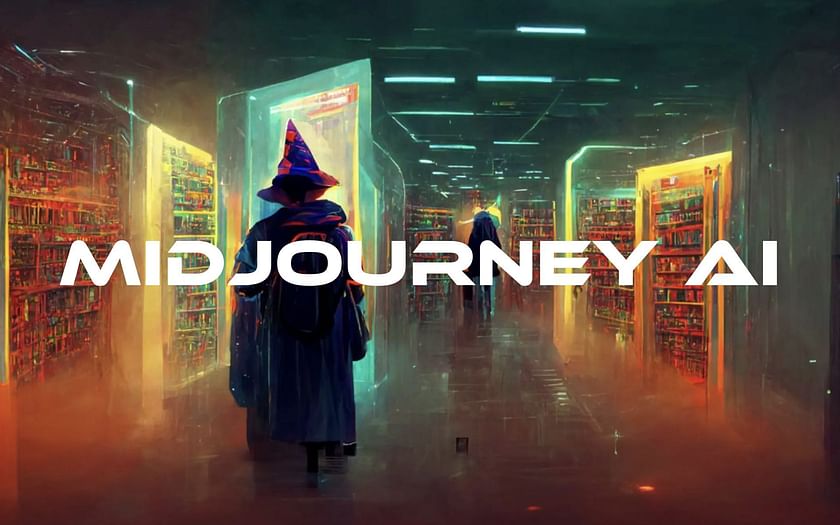 Midjourney has emerged as a powerful AI-driven image generator designed to assist both novice and professional content creators. In this era of visual storytelling, having access to a reliable image generator can be a game-changer. But does Midjourney live up to expectations? Let’s find out.
Midjourney has emerged as a powerful AI-driven image generator designed to assist both novice and professional content creators. In this era of visual storytelling, having access to a reliable image generator can be a game-changer. But does Midjourney live up to expectations? Let’s find out.
What is Midjourney AI?
Midjourney AI is what made (in my opinion) ‘text-to-image” and “image-to-image” AI image generation mainstream.
To put it simply, it is a tool that allows you to write (or upload an image) what you want to draw or paint, and it will make it for you in a matter of seconds.
On Midjourney, there are no restrictions on what is acceptable or achievable. You can use as much of a casual tone in your prompt as if you were speaking to a person.
Example: “Draw me a cat in the manner of Da Vinci. It would produce just that for you. The question is quite simple.
Features of Midjourney AI
Midjourney AI comes loaded with features that make it stand out in the crowded AI image generator market. Some of its key features include:
- High-Quality Images: Midjourney AI generates images of exceptional quality, making them suitable for professional use.
- Customization: Users have the flexibility to tweak various parameters, allowing for tailored image generation.
- Diverse Styles: Midjourney can generate images in various styles, from realistic to abstract, catering to a wide range of preferences.
- User-Friendly Interface: The platform’s intuitive interface ensures that even beginners can navigate it with ease.
- Quick Rendering: Midjourney’s speedy image generation ensures that you don’t waste time waiting for results.
User-Interface
For image generation, Midjourney AI makes use of “Discord.”. This will be something new for you if you have never used Discord before.
Discord needs its evaluation, so I wouldn’t waste your time by going into it now. Let’s just talk about the things Midjourney-related that you would use Discord for.
I’ll be honest, Discord looks daunting at first. You’d probably feel confused and overwhelmed, I sure did. Here’s the screen:
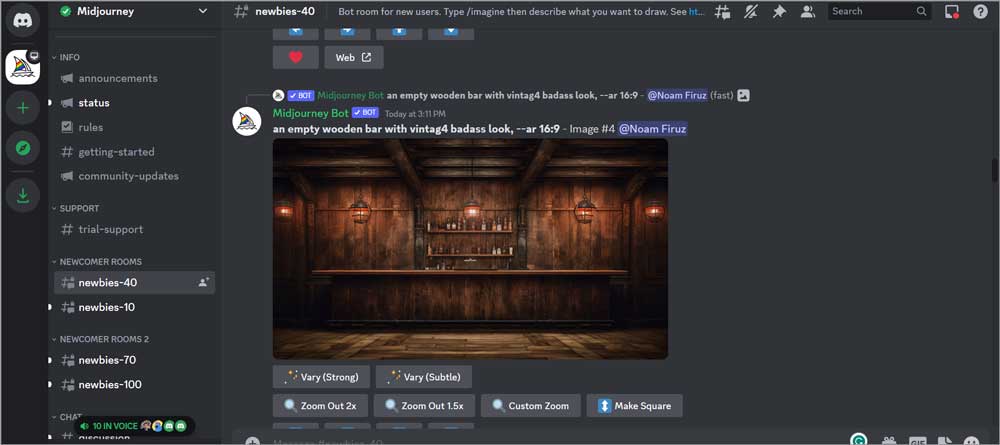
It’s easier than using Telegram or WhatsApp once you get the hang of it, though, and it offers a lot more functionality.
The core concept is straightforward. Simply navigate to the “#newbie XX” channel (a list of channels is located on the left sidebar).
Simply provide your prompt in the message field here. Within a few seconds of pressing enter, your image begins to form.
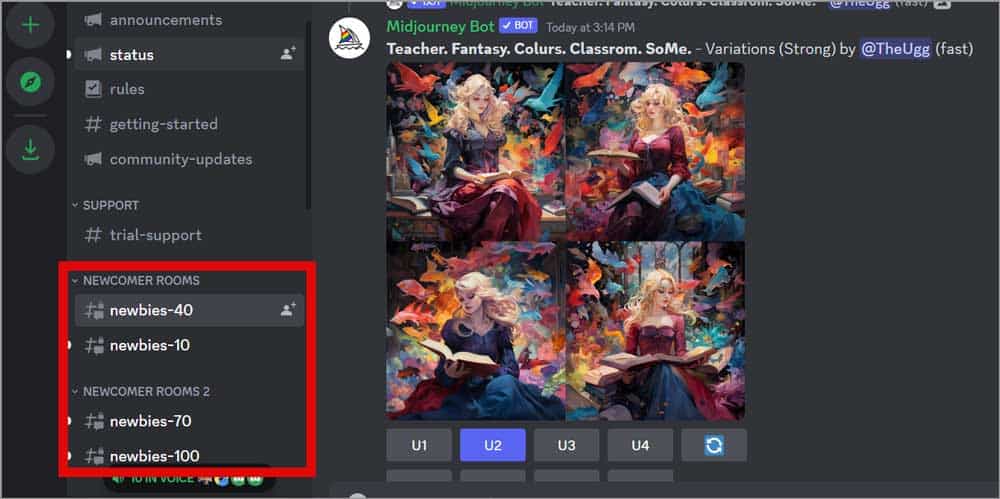
Both super-simplified and super-detailed prompts accepted
You would be mistaken to believe that using Midjourney requires you to be an expert on some topic.
You’ll see what I mean if you look at the prompt below. The effects are astounding, yet it’s just as easy as speaking to a person could possibly be.

But then, you can provide additional details to fine-tune your generated images. The following image should explain things better:
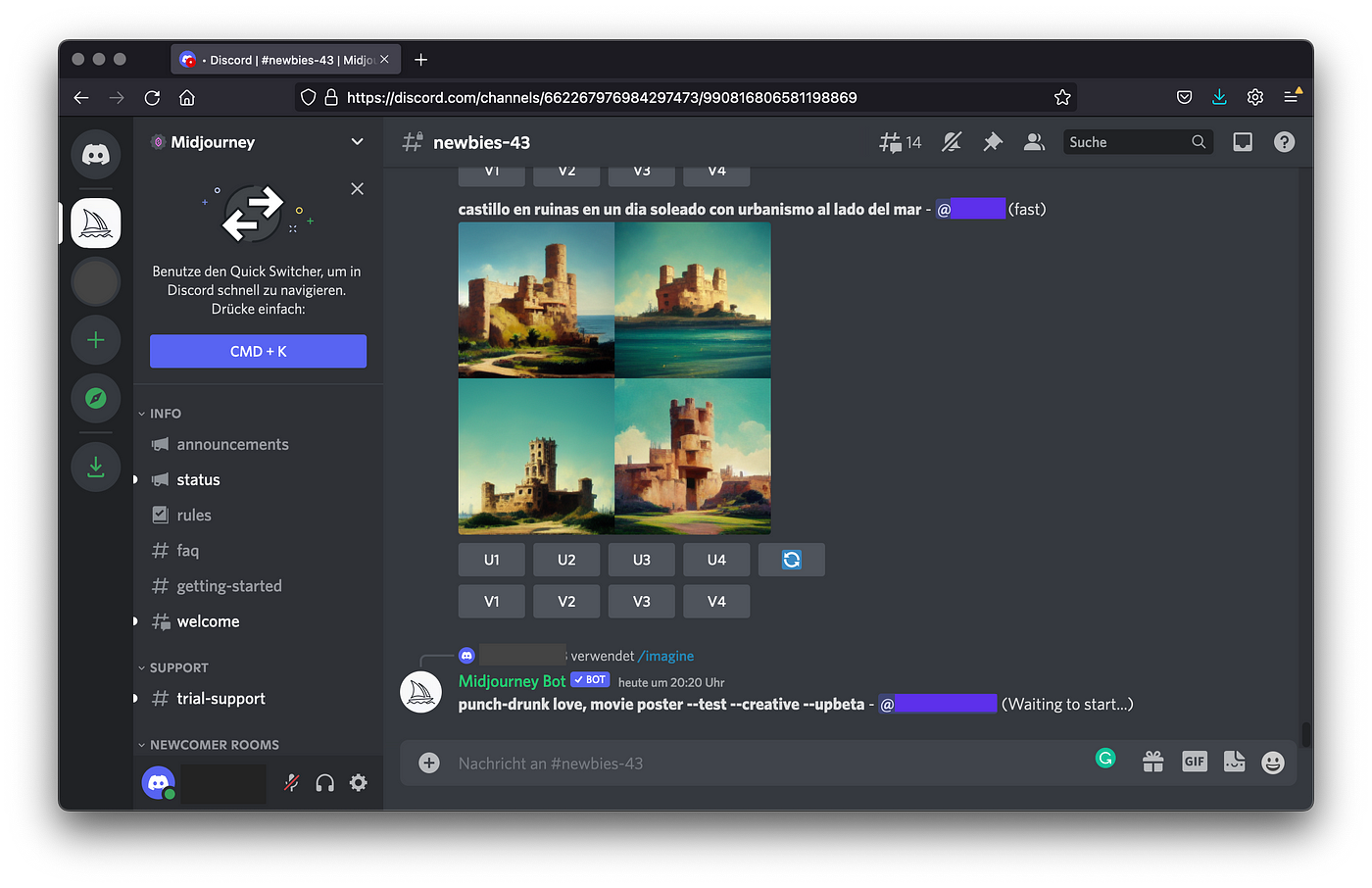
The simplest commands are understood by the AI. For instance, the output seen in the following screenshot might be produced by just adding “illustration” to the prompt:
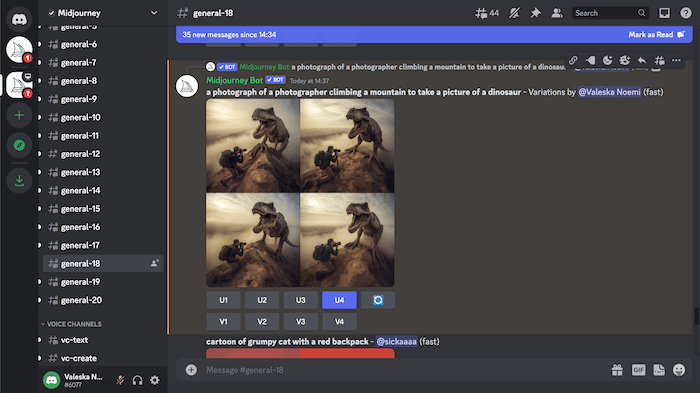
Furthermore, the screenshot shown above demonstrates that Midjourney is capable of creating anything. It is possible to create logos, book covers, artwork, movie sequences, and more.
By default, 4 x 1:1 pictures are produced.
By default, Midjourney creates 4 photos for your prompts. These pictures are 1:1 in size (they are square, after all).
If you define your prompt using the “-aspect” keyword, you can adjust the dimensions.
Midjourney AI as was already noted, accepts both “text” and “image” cues equally well.
This implies that you can publish your image as a prompt and then add another prompt. To create your new image, Midjourney combines the text prompt you entered with the image you’ve supplied.
Naturally, if you don’t watch much variation, you may leave the text prompt blank.
Simply drag and drop your image into the message box to upload it, then press Enter. Simply select “copy URL” from the menu when you right-click on the image after it has been posted.
Newer versions and upscaling images
Likely, the images you receive after they’ve been generated won’t suit you. I’ve personally spent countless hours and dozens of prompts attempting to obtain the exact image I want.
Midjourney AI offers two incredibly simple (single-click) solutions for those scenarios. Upscaling and versioning.
Any created image will have “V1/V2/V3/V4” written beneath it. “Versions” is denoted by the V. “Left-right-left down-right down” is the order of the numbers.
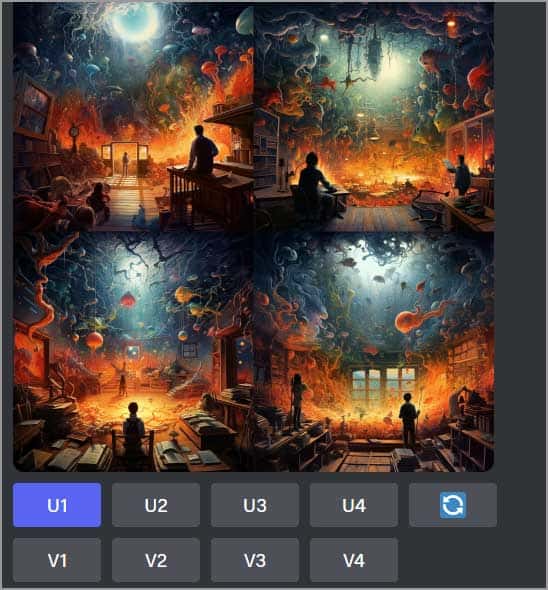
Simply click the VX (where X is the image number) that you want a new version of.
You must have also noticed U1, U2, U3, and U4 just beneath your created photos. “Upscaling” is the initials U.
An upscaled, higher resolution version of each photograph would be created by Midjourney once you click on UX (X=number of your image).
Please be aware that upscaling costs credits and is not free.
Relaxed Mode & Fast mode (& the Turbo mode)
MidJourney has two primary generation modes. The “relaxed” mode, and the “fast” mode. I’m sure the name hints at what these are, at least to some degree.
The “relaxed” mode is slow. It takes a couple of minutes when you generate your images. On the brighter side, it doesn’t consume any GPU time. Your Midjourney plan is based on GPU hours. When you use relaxed mode, that isn’t consumed.
This essentially means you get unlimited creations in a month, with no limit. Do note that the relaxed mode “prioritizes” based on a user’s activity. If you recently generated many relaxed images, you’ll be lower on the queue. However, a user who hasn’t generated as many images as you will be prioritized over you.
The “fast” mode is, of course, fast. And, it consumes GPU time. The number of images you can create in fast mode would depend on the amount of GPU time your plan has.
There’s also a “Turbo” mode, it’s Fast mode on steroids. Images are generated 4x faster but they also cost 2x GPU.
Midjourney Use Cases
Midjourney’s versatility makes it suitable for various use cases, including:
- Website Design
- Social Media Marketing
- Blog Post Illustrations
- Product Catalogs
- Advertising Campaigns
Pros and Cons
Pros:
- High-quality image generation
- User-friendly interface
- Customization options
- Speedy rendering
- Competitive Pricing
Cons:
- Some advanced features may require a learning curve
- Limited free trial period
Midjourney Pricing plans
Any content creator must consider pricing carefully. To suit varied budgets, Midjourney AI offers a range of pricing categories. There is a price strategy that fits your demands, whether you’re a freelancer, a small business owner, or a component of a larger company. Additionally, you may test out the platform’s features during a free trial period before deciding to use it.
Let’s address the Elephant in this Midjourney AI review. How much does it cost? There are 3 plans: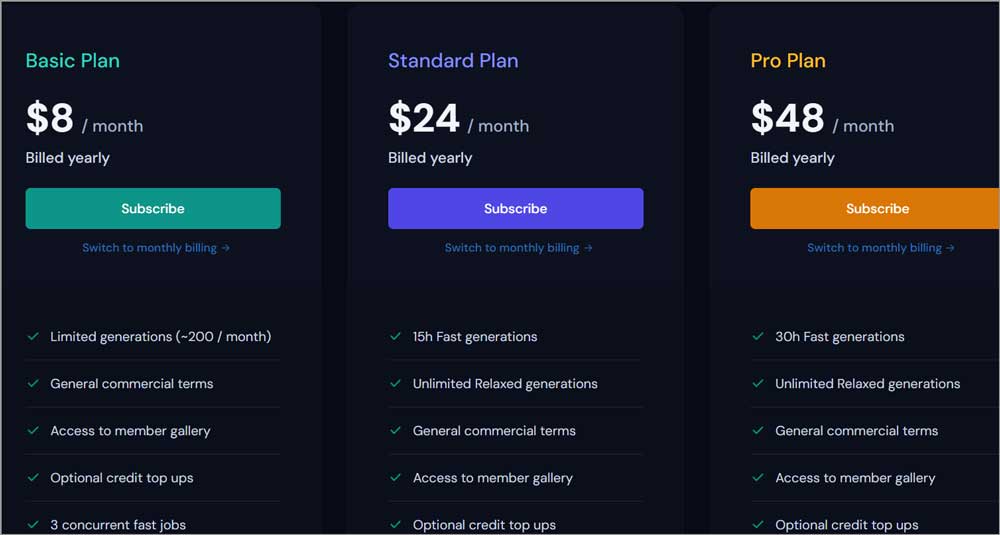
- Basic: $8.00/month: No fast hours/ about 200 relaxed generations*
- Standard: $24.00/month: 15-hour fast GPU/unlimited relaxed
- Pro: $48.00/month: 30 hours of fast GPU/unlimited relaxed
- Mega: $96.00/month: 60-hour fast GPU/unlimited relaxed
FAQs
What is midjourney AI?
Midjourney is an AI image generator that uses advanced machine learning algorithms to create high-quality images.
How does Midjourney generate images?
Midjourney utilizes deep learning techniques to generate images based on user preferences and parameters.
Is Midjourney AI suitable for beginners?
Yes, Midjourney’s user-friendly interface makes it accessible to users with varying levels of graphic design experience.
Can I use Midjourney AI for commercial projects?
Midjourney AI is suitable for both personal and commercial use.
Does Midjourney AI offer a free trial?
Yes, Midjourney AI offers a free trial period, allowing users to explore its capabilities before subscribing.
Conclusion
In conclusion, Midjourney AI proves to be a formidable AI image generator that caters to the needs of content creators across the board. Its quality, customization options, and efficiency make it a top choice for those in search of high-quality images. While it may have a few minor drawbacks, its overall performance and positive user feedback make it a strong contender for the title of the best AI image generator.
Although it is not the cheapest, even economically, it is not particularly expensive. In conclusion, I’m a big admirer of MidJourney, but why don’t you give it a shot yourself?
[web_stories title=”true” excerpt=”false” author=”false” date=”false” archive_link=”true” archive_link_label=”” circle_size=”150″ sharp_corners=”false” image_alignment=”left” number_of_columns=”1″ number_of_stories=”5″ order=”DESC” orderby=”post_title” view=”circles” /]
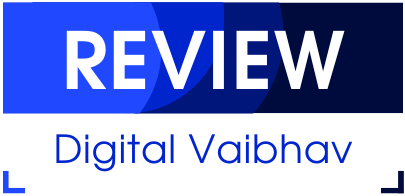
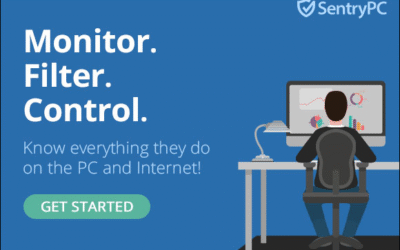

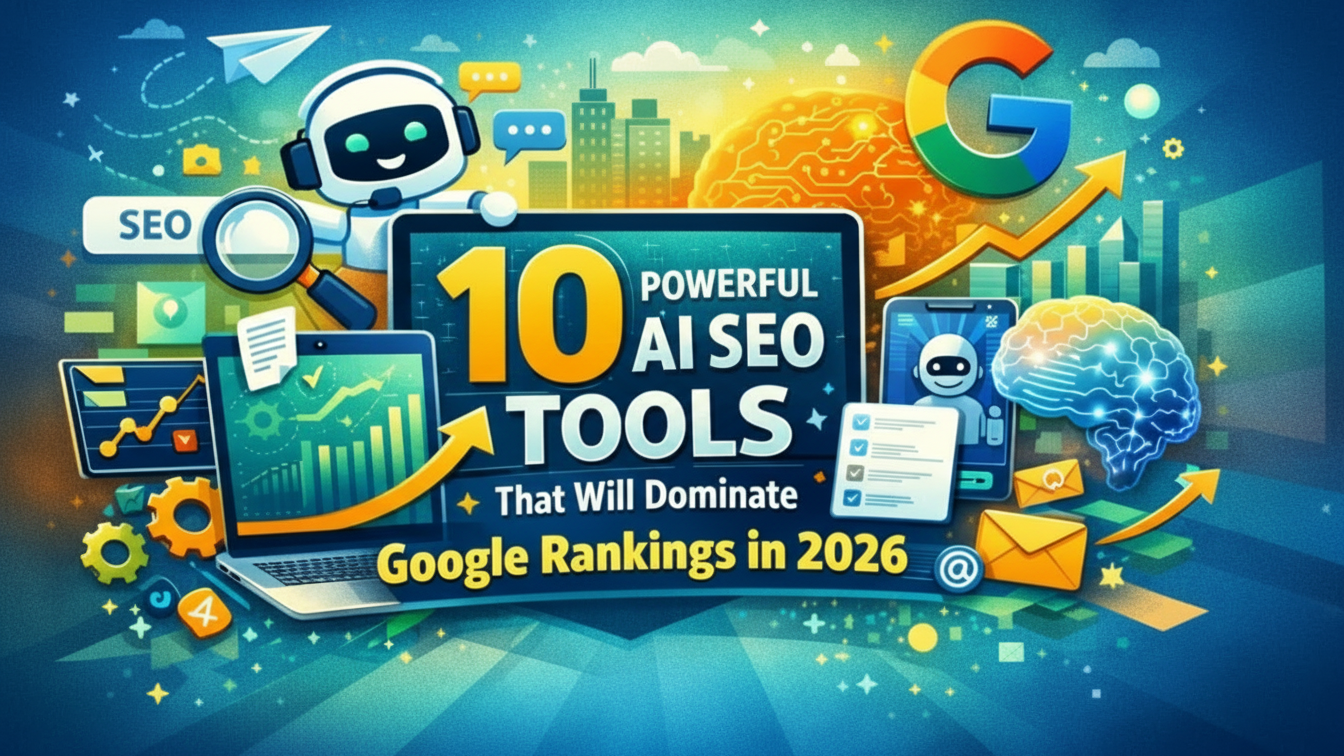
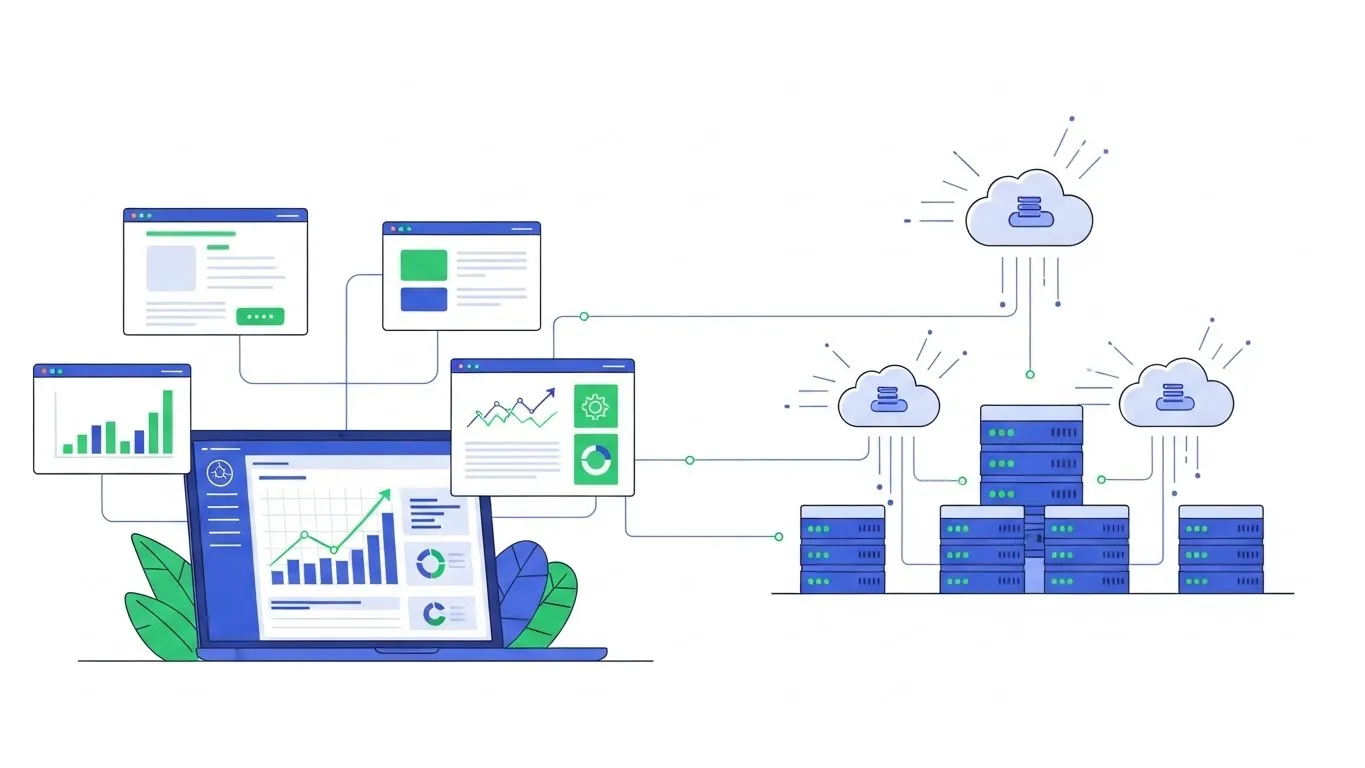
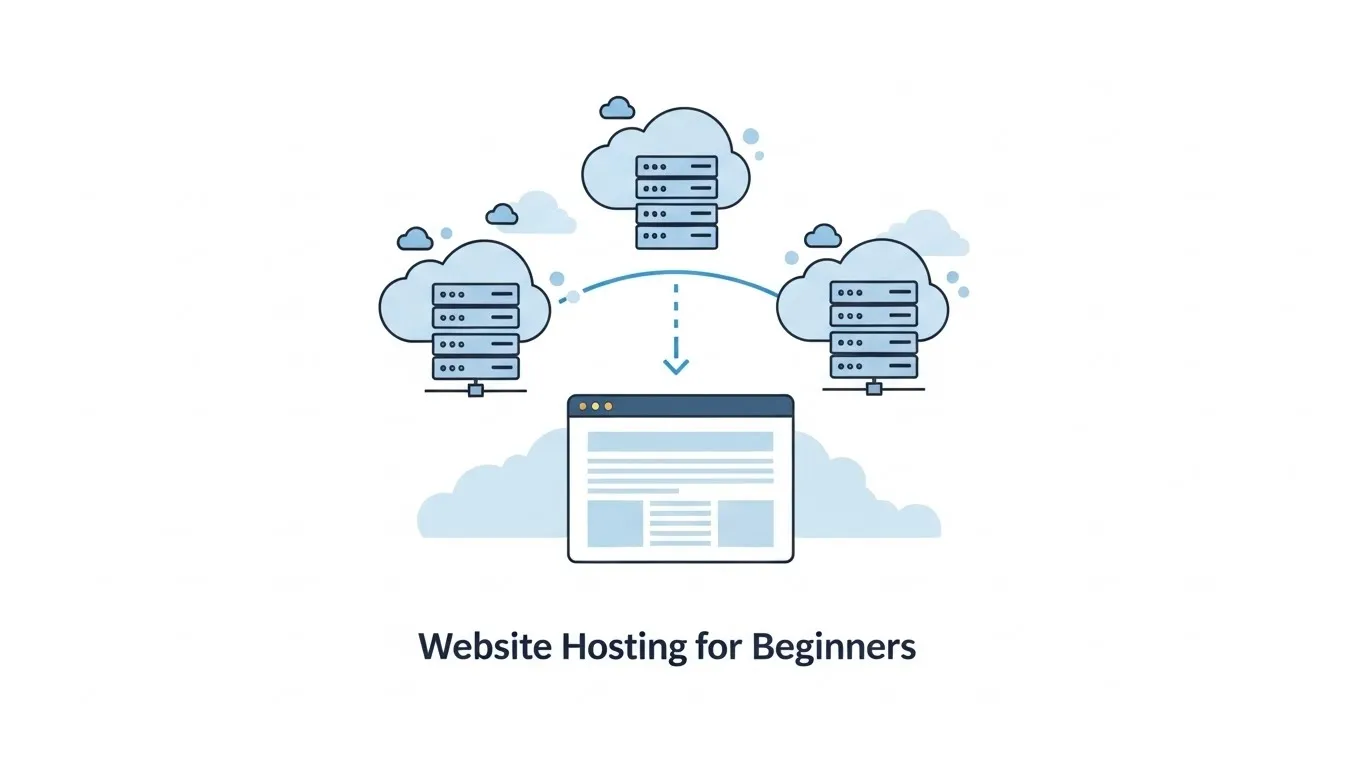


0 Comments